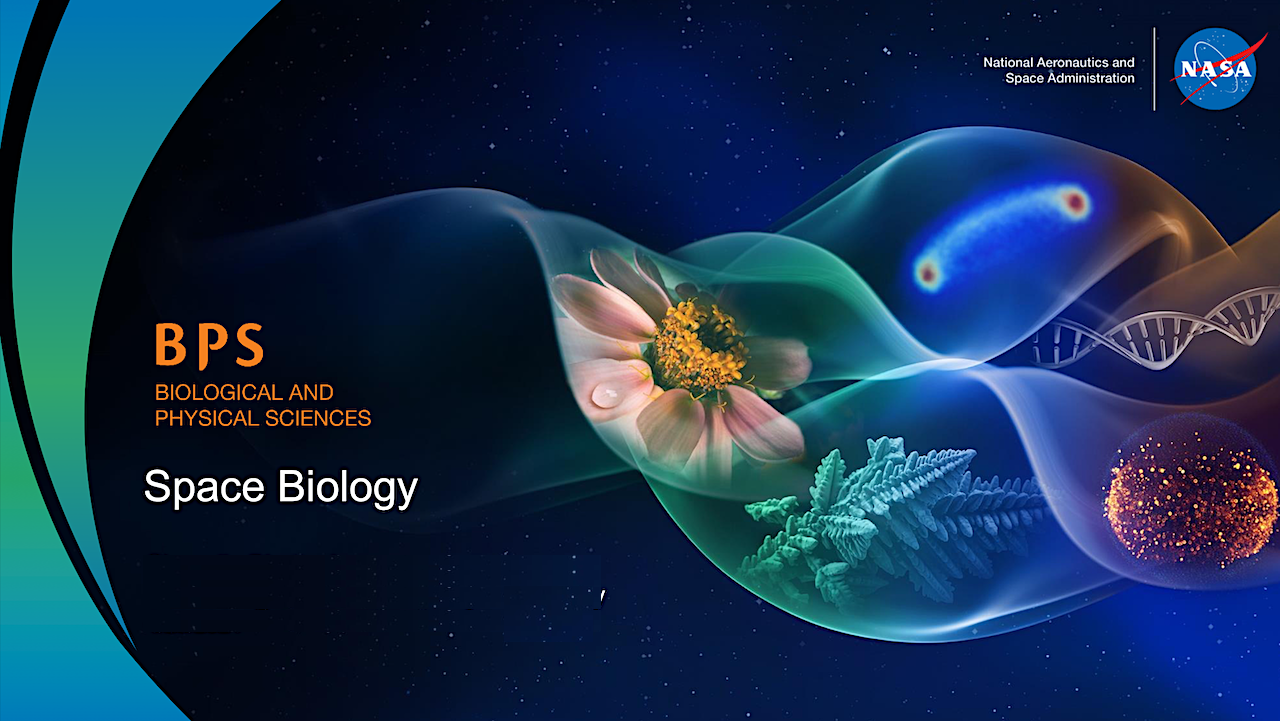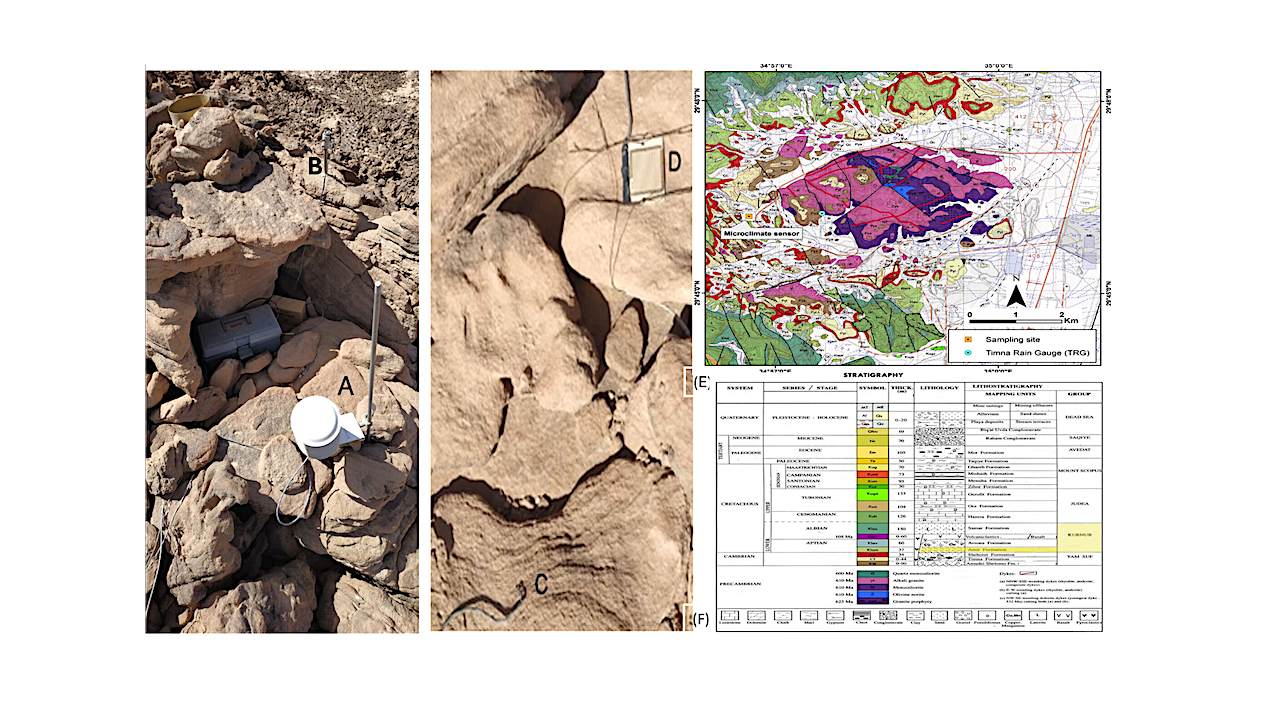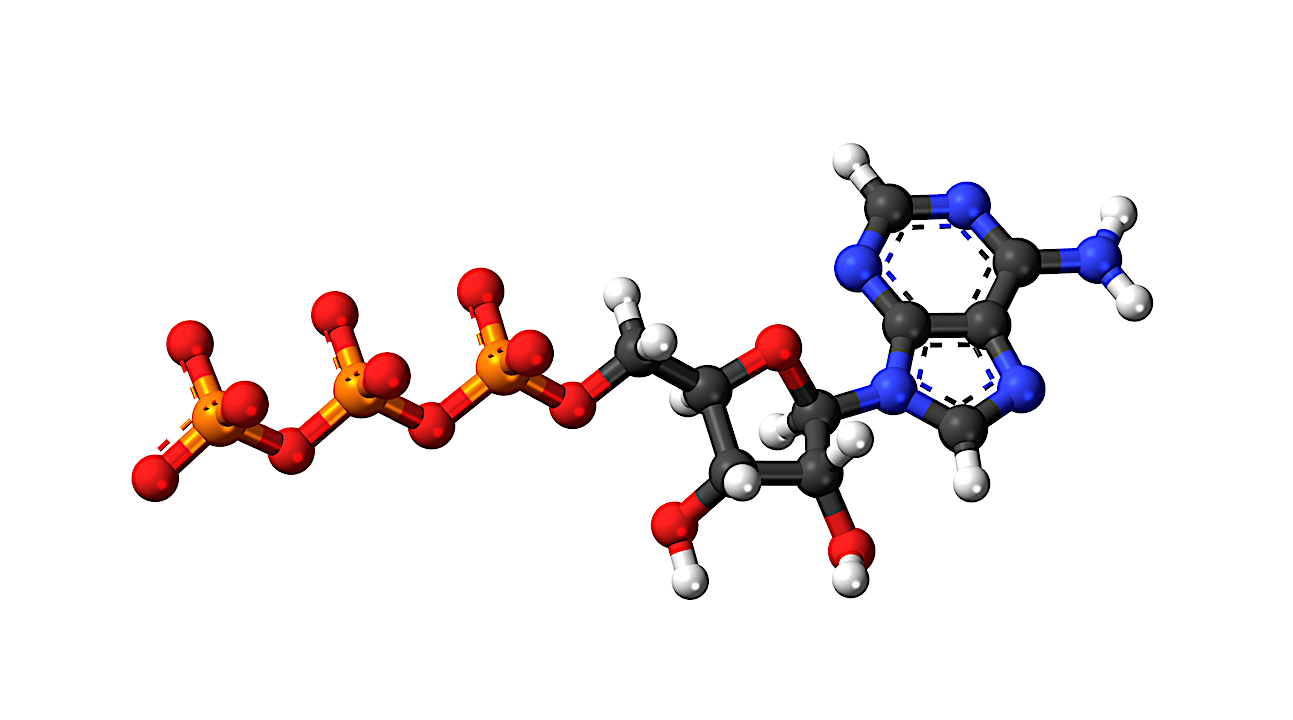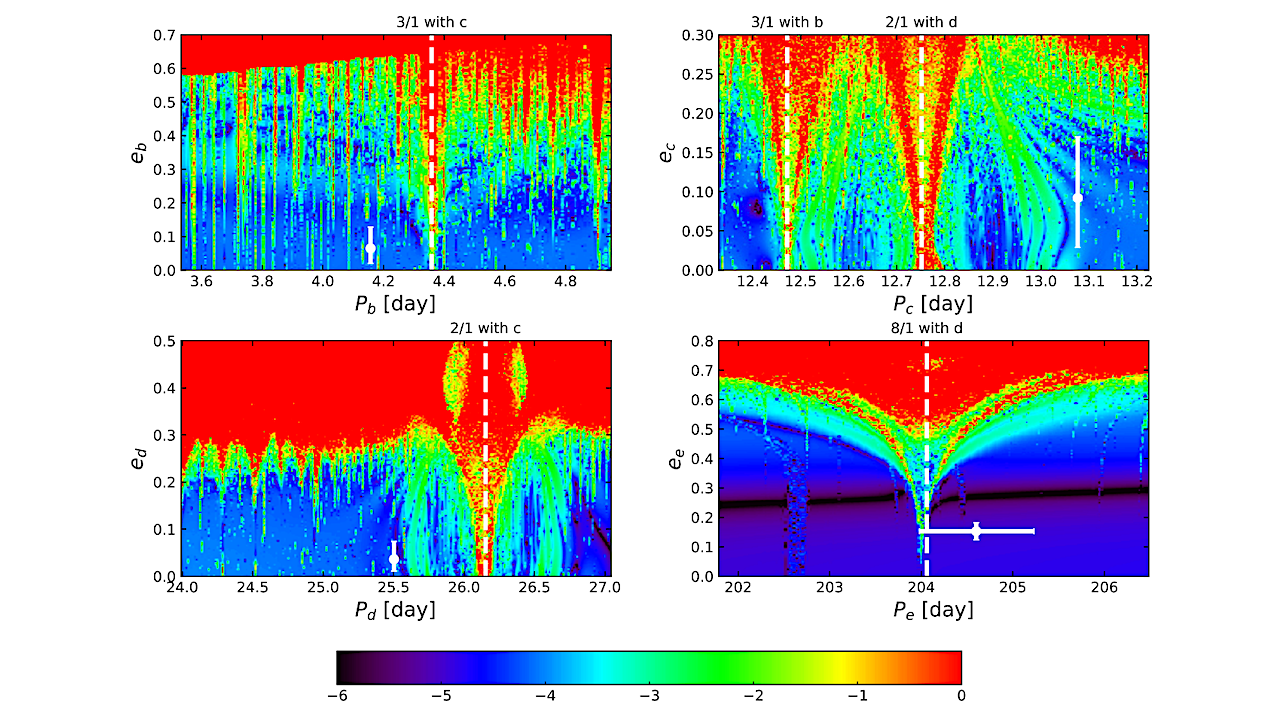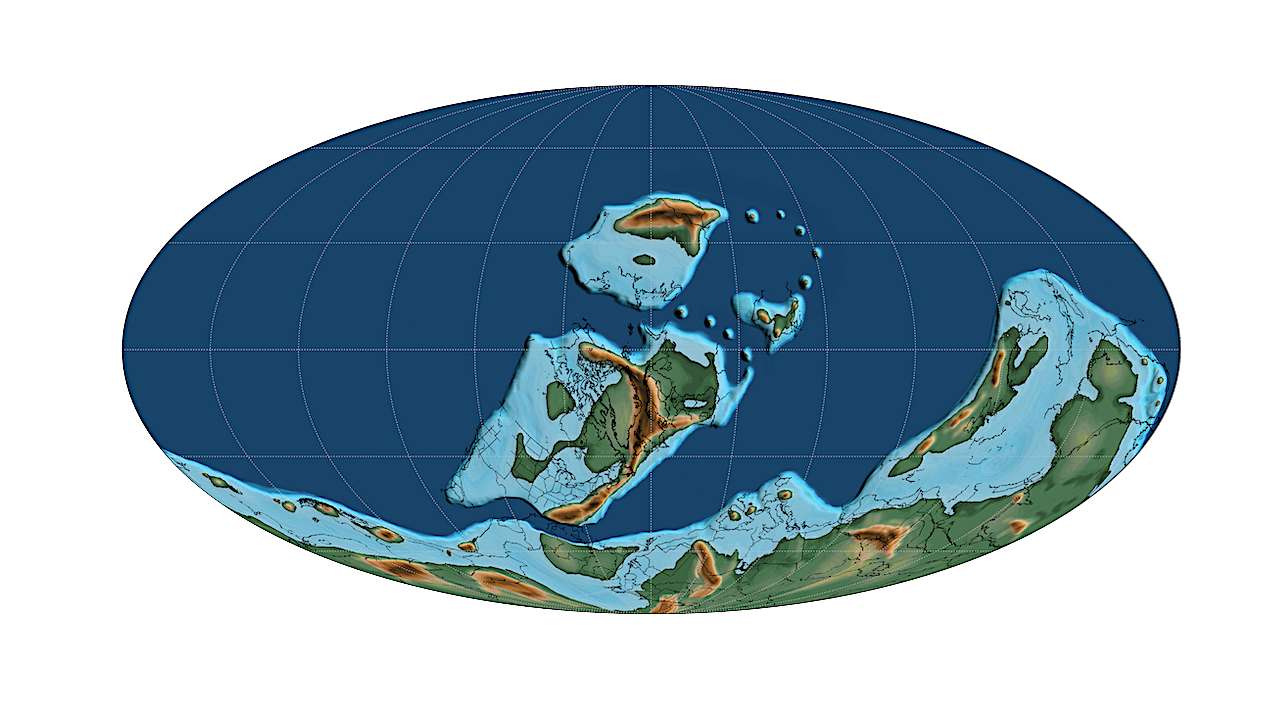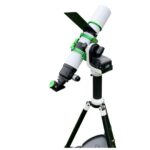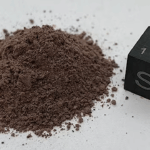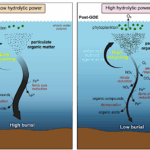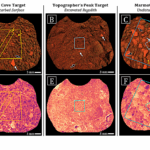NASA Exoplanet Archive Hits 6,000 Planets From sub-Earth-sized planets to hot Jupiters and everything in between, today’s milestone highlights the rapid growth of exoplanet discoveries and their importance to understanding
Astrobiology21- Page
Space Biology — NASA Dear ASGSR Community, NASA’s Biological and Physical Sciences Division (BPS) invites community input on Sunsetting & Emerging Science topics until Oct 17, 2025. To provide your
Scientists have found thousands of exoplanets (planets outside our solar system) throughout the galaxy. Most can be studied only indirectly, but scientists know they vary widely, as depicted in this
Photographs of the microclimate monitoring systems that were implemented in the study: (A) Air temperature and humidity sensor in a 12 cm diameter radiation shield. (B) Light sensor mounted ~10 cm above
Adenosine TriPhosphate (ATP) — Wikipedia Adenosine nucleotides and polyphosphates play a significant role in biochemistry, from participating in the formation of genetic material to serving as metabolic energy currency. In
Stability analysis of the TOI-1203 system in the orbital period-eccentricity domain: planet b (top left), c (top right), d (bottom left), and e (bottom right). For fixed initial conditions, the
Graphical Abstract — Journal of Molecular Biology Genes are the building blocks of life, and the genetic code provides the instructions for the complex processes that make organisms function. But
TOI-421 b — NASA.gov An international team led by the University of Geneva (UNIGE), including scientists from the National Centre of Competence in Research PlanetS, the University of Warwick, and
A map of Earth in the Emsian stage of the Early Devonian (405 million years ago) Wikipedia The oxygenation history of Earth’s surface environments has had a profound influence on
This shimmering cosmic curtain shows interstellar gas and dust that has been heated by the flashbulb explosion of a long-ago supernova. The gas then glows infrared light in what is
-
 012024 in Review: Highlights from NASA in Silicon Valley
012024 in Review: Highlights from NASA in Silicon Valley -
 02Panasonic Leica Summilux DG 15mm f/1.7 ASPH review
02Panasonic Leica Summilux DG 15mm f/1.7 ASPH review -
 03How New NASA, India Earth Satellite NISAR Will See Earth
03How New NASA, India Earth Satellite NISAR Will See Earth -
 04And Thus Begins A New Year For Life On Earth
04And Thus Begins A New Year For Life On Earth -
 05Astronomy Activation Ambassadors: A New Era
05Astronomy Activation Ambassadors: A New Era -
06SpaceX launch surge helps set new global launch record in 2024
-
 07Space Force plans new ‘Futures Command’ amid pressure to speed up modernization
07Space Force plans new ‘Futures Command’ amid pressure to speed up modernization



